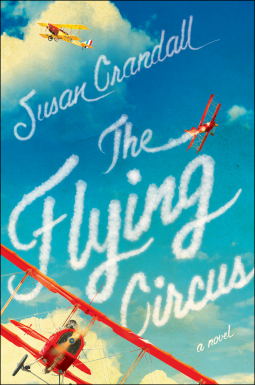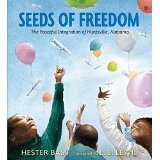 This blog will start with a couple of disclaimers, add the important but dry stuff, and end with an invitation. The first disclaimer is that this may be of interest only to those who want to write for children and young adults, but if you want to read it anyway, go right ahead.
This blog will start with a couple of disclaimers, add the important but dry stuff, and end with an invitation. The first disclaimer is that this may be of interest only to those who want to write for children and young adults, but if you want to read it anyway, go right ahead.
The second disclaimer is that this rule is number 5 only on my blog list. If you ask for advice about children’s and young adult writing, there’s a good chance it will be the number 1 answer. At any number of author, illustrator, or editor presentations in a variety of settings, an audience member with a hankering to write a children’s book will ask some version of, “How do you get started writing children’s books?” or “How do you get a book published?”
The old hands, whether published or unpublished, can mouth together the words that are likely to come from the speaker, “First you join SCBWI.”
We’ll just get the acronym out of the way to start with. We’ve tried several things but there’s no quick or cute way to pronounce it. “Sqwibbie” doesn’t quite work, so we mostly just call out the five letters. It certainly beats saying “Society of Children’s Book Writers and Illustrators.”
The organization has been around since 1971 and now has more than 22,000 members in seventy international regional chapters. Its stated mission is “to support the creation and availability of quality children’s books around the world.” The network shares advice from the practical to the creative side of children's writing through a book with current publishing information called, oddly enough, The Book, and a quarterly bulletin; distributes thousands of dollars in awards and grant money; holds frequent conferences scattered throughout the US and internationally; and has a wealth of online resources.
Now for the invitation! In recent reorganization to serve its members better, Mississippi and Louisiana are aligned in one region. Regional leaders have continued this effort by holding meetings in various parts of this area. On July 17, a meeting open to the public will be held at the Library of Hattiesburg, Petal, and Forrest County. Prospective writers and illustrators are invited to come and observe along with those who are already members.
Petal, and Forrest County. Prospective writers and illustrators are invited to come and observe along with those who are already members.
Getting a book or magazine article published and in the hands of readers is a challenge since publishers receive an overwhelming number of submissions daily. Often, I’ve heard editors and agents give a figure that expertise gained from SCBWI moves a writer into the top 10 – 20% of that pile. If you have a book or magazine article running through your head, come and join us – or find a meeting near you at www.scbwi.org under the regional meetings section.































